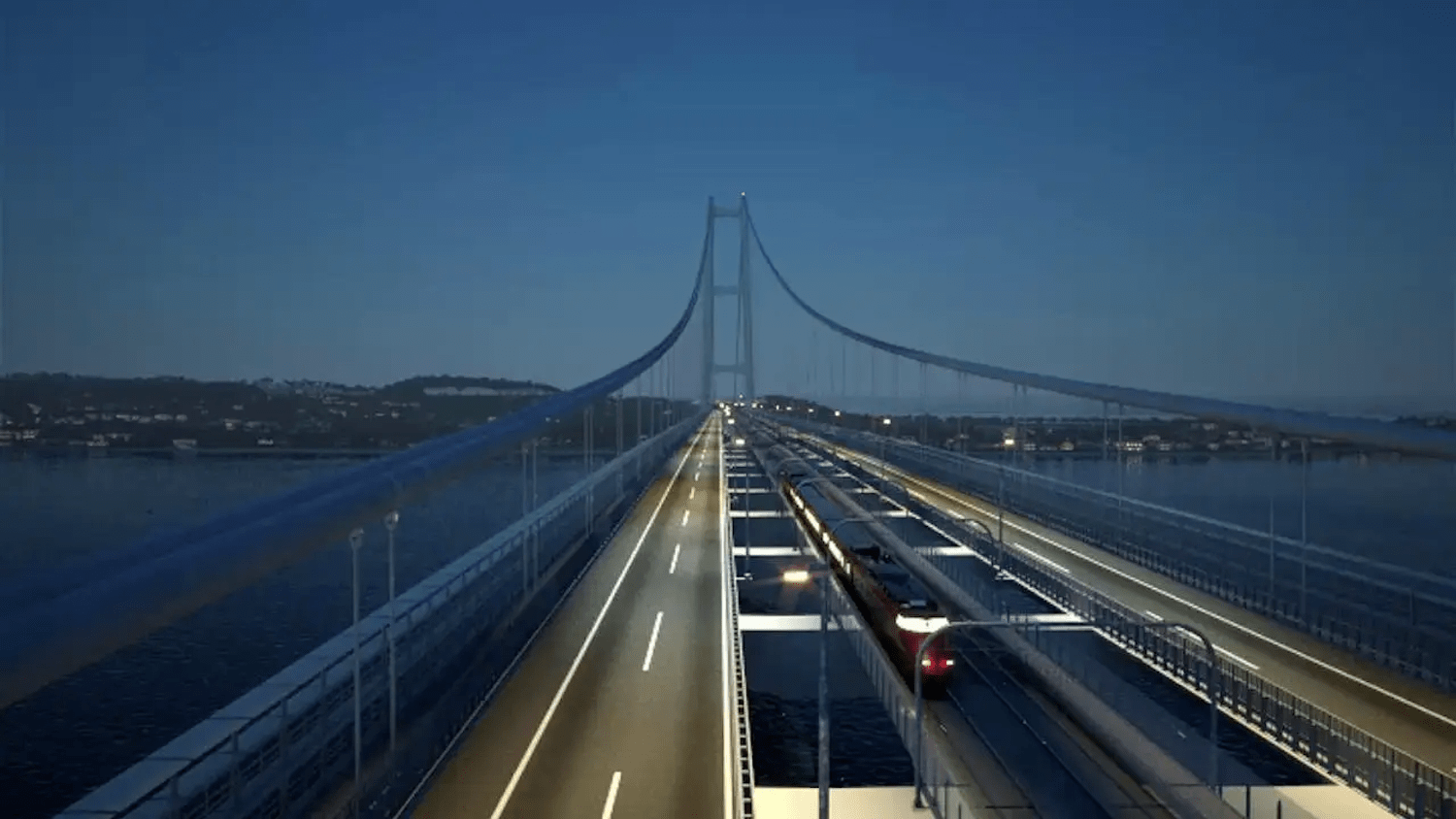Italy has taken a giant step towards realizing a goal first envisioned thousands of years ago. Earlier this month, the nation’s government and the architectural firm Webuild announced final approval measures to begin construction on the world’s longest suspension bridge. At over two miles long, the Ponte Stretto Messina will stretch across the two-mile-long Messina Strait, finally offering a direct transportation link between the island of Sicily and mainland Italy. While the monumental, $15.6 billion project is currently scheduled for completion around 2033, both local opponents and the region’s environment may complicate matters.
It’s not a huge distance by most standards. But for millennia, generations of travelers have required a boat to cross Messina Strait separating Sicily and the mainland. Historical records indicate the desire to build a bridge connecting the landmasses dates as far back as ancient Rome, but a final result has never materialized. Today, the easiest and fastest way to commute between the locations is aboard one of the daily 30-minute ferry rides across the strait.

The 2.24-mile-wide Ponte Stretto Messina endeavor seeks to not only dramatically cut down that travel time, but also offer multiple transportation options. Webuild’s current design includes three car lanes as well as a service lane on either side, with a two-lane train route zipping down the nearly 200-foot-wide deck. The suspension support itself will come in the form of a pair of 1,309-foot-tall ground-based towers—each about the height of the Empire State Building. Two four-foot-wide cables will link the towers and span through the use of 44,323 steel wires. Once finished, its designers estimate that the bridge will average 6,000 vehicles per hour and 200 train rides per day.
In a statement, Webuild CEO Pietro Salini claimed the bridge will be “one of the most challenging projects in the world.” Salini may be right on multiple levels. Ponte Stretto Messina’s designs trace back over 50 years, each attempt shelved for various political and economic reasons. These included concerns of rampant corruption due to the Sicilian and Calabrian mafias’ continued influence and presence in local affairs.

As the BBC explains, local politicians are voicing concerns about far-reaching consequences across the surrounding communities. Democratic Party Senator Nicola Irto called it a “controversial and divisive” project that will take money away from critical resources including local transit, infrastructure upgrades, school safety, and healthcare Meanwhile, opposition groups like Calabria’s grassroots No To The Bridge committee have argued that the plans need further technical evaluations, and worry about Ponte Stretto Messina’s water requirements. They estimate building the bridge will use millions of gallons of water per day in an area that remains frequently drought-prone.

Then there are the environmental and logistical hurdles to consider. A central reason why Italy has never built a bridge across the Messina Strait is the region’s seismic activity, which ranks the highest in the Mediterranean. The strait also frequently experiences high wind gusts, and is a major hub for shipping vessel transport. However, Webuild doesn’t sound particularly concerned about these issues.
“Suspended bridges are the most seismic reliable structures since they have a low sensitivity to earthquakes,” the firm argues on its website. “As a fact, a great number of this kind of structure is built in areas of greater seismic hazard compared to the Strait of Messina, such as California, Turkey or Japan.”






